Some movie theaters and chains sell monthly passes for unlimited entrance to regular showings. Cinemas in Thailand have a restriction of one viewing per movie. The increasing number of 3D movies, for which an additional fee is required, somewhat undermines the concept of unlimited entrance to regular showings, in particular if no 2D version is screened, except in the cases where 3D is included.
Some adult theaters sell a day pass, either as standard ticket, or as an option that costs a little more than a single admission. Also for some film festivals, a pass is sold for unlimited entrance. Traditionally a movie theater, like a stage theater, consists of a single auditorium with rows of comfortable padded seats, as well as a foyer area containing a box office for buying tickets.
Movie theaters also often have a concession stand for buying snacks and drinks within the theater's lobby. Other features included are film posters, arcade games and washrooms. Stage theaters are sometimes converted into movie theaters by placing a screen in front of the stage and adding a projector; this conversion may be permanent, or temporary for purposes such as showing arthouse fare to an audience accustomed to plays. The familiar characteristics of relatively low admission and open seating can be traced to Samuel Roxy Rothafel, an early movie theater impresario. Many of these early theaters contain a balcony, an elevated level across the auditorium above the theater's rearmost seats.
The rearward main floor "loge" seats were sometimes larger, softer, and more widely spaced and sold for a higher price. In conventional low pitch viewing floors the preferred seating arrangement is to use staggered rows. While a less efficient use of floor space this allows a somewhat improved sight line between the patrons seated in the next row toward the screen, provided they do not lean toward one another. Usually in the 2010s, an admission is for one feature film. Sometimes two feature films are sold as one admission , with a break in between. Separate admission for a short subject is rare; it is either an extra before a feature film or part of a series of short films sold as one admission .
(See also anthology film.) In the early decades of "talkie" films, many movie theaters presented a number of shorter items in addition to the feature film. This might include a newsreel, live-action comedy short films, documentary short films, musical short films, or cartoon shorts . Some theaters ran on continuous showings, where the same items would repeat throughout the day, with patrons arriving and departing at any time rather than having distinct entrance and exit cycles. A typical modern theater presents commercial advertising shorts, then movie trailers, and then the feature film. Advertised start times are usually for the entire program or session, not the feature itself; thus people who want to avoid commercials and trailers would opt to enter later. This is easiest and causes the least inconvenience when it is not crowded or one is not very choosy about where one wants to sit.
If one has a ticket for a specific seat one is formally assured of that, but it is still inconvenient and disturbing to find and claim it during the commercials and trailers, unless it is near an aisle. Some movie theaters have some kind of break during the presentation, particularly for very long films. There may also be a break between the introductory material and the feature. During the closing credits many people leave, but some stay until the end.
Usually the lights are switched on after the credits, sometimes already during them. Some films show mid-credits scenes while the credits are rolling, which in comedy films are often bloopers and outtakes, or post-credits scenes, which typically set up the audience for a sequel. Some outdoor movie theaters are just grassy areas where the audience sits upon chairs, blankets or even in hot tubs, and watch the movie on a temporary screen, or even the wall of a building. Colleges and universities have often sponsored movie screenings in lecture halls. The formats of these screenings include 35 mm, 16 mm, DVD, VHS, and even 70 mm in rare cases. Some alternative methods of showing movies have been popular in the past.
In the 1980s the introduction of VHS cassettes made possible video-salons, small rooms where visitors viewed movies on a large TV. These establishments were especially popular in the Soviet Union, where official distribution companies were slow to adapt to changing demand, and so movie theaters could not show popular Hollywood and Asian films. It has been observed since the 1950s when television became widespread among working-class homes. As the years went on, home media became more popular, and the decline continued. In 2014, it was reported that the practice of releasing a film in theaters and via on-demand streaming on the same day and the rise in popularity of the Netflix streaming service has led to concerns in the movie theater industry. Another source of competition is television, which has "...stolen a lot of cinema's best tricks – like good production values and top tier actors – and brought them into people's living rooms".
What Movie Theaters Are Open Now The smallest purpose-built cinema is the Cabiria Cine-Cafe which measures 24 m2 (258.3 ft²) and has a seating capacity of 18. It was built by Renata Carneiro Agostinho da Silva in Brasília DF, Brazil in 2008. It is mentioned in the 2010 Guinness World Records.
The World's smallest solar-powered mobile cinema is Sol Cinema in the UK. Touring since 2010 the cinema is actually a converted 1972 caravan. In 2015 it featured in a Lenovo advert for the launch of a new tablet. The Bell Museum of Natural History in Minneapolis, Minnesota has recently begun summer "bike-ins", inviting only pedestrians or people on bicycles onto the grounds for both live music and movies.
In various Canadian cities, including Toronto, Calgary, Ottawa and Halifax, al-fresco movies projected on the walls of buildings or temporarily erected screens in parks operate during the Summer and cater to a pedestrian audience. The New Parkway Museum in Oakland, California replaces general seating with couches and coffee tables, as well as having a full restaurant menu instead of general movie theater concessions such as popcorn or candy. A great variety of films are shown at cinemas, ranging from animated films to blockbusters to documentaries.
The smallest movie theaters have a single viewing room with a single screen. In the 2010s, most movie theaters had multiple screens. The largest theater complexes, which are called multiplexes—a concept developed in Canada in the 1950s — have up to thirty screens.
The audience members often sit on padded seats, which in most theaters are set on a sloped floor, with the highest part at the rear of the theater. Movie theaters often sell soft drinks, popcorn, and candy, and some theaters sell hot fast food. In some jurisdictions, movie theaters can be licensed to sell alcoholic drinks. A movie theater , cinema , or cinema hall , also known as a picture house, the pictures, picture theater, the silver screen, or the movies, is a building that contains auditoria for viewing films for entertainment. Most, but not all, theaters are commercial operations catering to the general public, who attend by purchasing a ticket. Some movie theaters, however, are operated by non-profit organizations or societies that charge members a membership fee to view films.
Film exhibition has seen a rise in its development with video consolidation as well as DVD sales, which over the past two decades is the biggest earner in revenue. Essentially, if the film does not succeed in the first few weeks of its inception, it will most likely fail in its attempt to gain a sustainable amount of revenue and thus being taken out from movie theaters. Furthermore, higher-budget films on the "opening weekend", or the three days, Friday to Sunday, can signify how much revenue it will bring in, not only to America, but as well as overseas. It may also determine the price in distribution windows through home video and television. In order to obtain admission to a movie theater, the prospective theater-goer must usually purchase a ticket from the box office, which may be for an arbitrary seat ("open" or "free" seating, first-come, first-served) or for a specific one .
As of 2015, some theaters sell tickets online or at automated kiosks in the theater lobby. Movie theaters in North America generally have open seating. Cinemas in Europe can have free seating or numbered seating. Some theaters in Mexico offer numbered seating, in particular, Cinepolis VIP. In the case of numbered seating systems the attendee can often pick seats from a video screen.
Sometimes the attendee cannot see the screen and has to make a choice based on a verbal description of the still available seats. In the case of free seats, already seated customers may be asked by staff to move one or more places for the benefit of an arriving couple or group wanting to sit together. A drive-in movie theater is an outdoor parking area with a screen—sometimes an inflatable screen—at one end and a projection booth at the other.
Moviegoers drive into the parking spaces which are sometimes sloped upwards at the front to give a more direct view of the movie screen. Movies are usually viewed through the car windscreen although some people prefer to sit on the bonnet of the car. Some may also sit in the trunk of their car if space permits.
Sound is either provided through portable loudspeakers located by each parking space, or is broadcast on an FM radio frequency, to be played through the car's stereo system. Because of their outdoor nature, drive-ins usually only operate seasonally, and after sunset. Drive-in movie theaters are mainly found in the United States, where they were especially popular in the 1950s and 1960s. Once numbering in the thousands, about 400 remain in the U.S. today. In some cases, multiplex or megaplex theaters were built on the sites of former drive-in theaters. In the United States, many movie theater chains sell discounted passes, which can be exchanged for tickets to regular showings.
These passes are traditionally sold in bulk to institutional customers and also to the general public at Bulktix.com. Some passes provide substantial discounts from the price of regular admission, especially if they carry restrictions. Common restrictions include a waiting period after a movie's release before the pass can be exchanged for a ticket or specific theaters where a pass is ineligible for admission. Because of the late development of multiplexes, the term "cinema" or "theater" may refer either to the whole complex or a single auditorium, and sometimes "screen" is used to refer to an auditorium.
A popular film may be shown on multiple screens at the same multiplex, which reduces the choice of other films but offers more choice of viewing times or a greater number of seats to accommodate patrons. Two or three screens may be created by dividing up an existing cinema , but newly built multiplexes usually have at least six to eight screens, and often as many as twelve, fourteen, sixteen or even eighteen. Rows of seats are divided by one or more aisles so that there are seldom more than 20 seats in a row. This allows easier access to seating, as the space between rows is very narrow.
Depending on the angle of rake of the seats, the aisles have steps. In older theaters, aisle lights were often built into the end seats of each row to help patrons find their way in the dark. Since the advent of stadium theaters with stepped aisles, each step in the aisles may be outlined with small lights to prevent patrons from tripping in the darkened theater. In movie theaters, the auditorium may also have lights that go to a low level, when the movie is going to begin. Theaters often have booster seats for children and other short people to put on the seat, to sit higher, for a better view. Many modern theaters have accessible seating areas for patrons in wheelchairs.
Until the multiplex era, prior to showtime, the screen in some theaters would be covered by a curtain, in the style of a theater for a play. It is common practice in Australia for the curtain to cover part of the screen during advertising and trailers, then be fully drawn to reveal the full width of the screen for the main feature. Some theaters, lacking a curtain, filled the screen with slides of some form of abstract art prior to the start of the movie. Currently, in multiplexes, theater chains often feature a continuous slideshow between showings featuring a loop of movie trivia, promotional material for the theater chains , or advertising for local and national businesses. Advertisements for Fandango and other convenient methods of purchasing tickets is often shown.
Unlike seemingly similar forms of entertainment such as rock concerts, in which a popular performer's tickets cost much more than an unpopular performer's tickets, the demand for movies is very difficult to predict ahead of time. The demand for films is usually determined from ticket sale statistics after the movie is already out. Uniform pricing is therefore a strategy to cope with unpredictable demand. Historical and cultural factors are sometimes also cited. Sometimes movie theaters provide digital projection of a live broadcast of an opera, concert, or other performance or event.
For example, there are regular live broadcasts to movie theaters of Metropolitan Opera performances, with additionally limited repeat showings. Admission prices are often more than twice the regular movie theater admission prices. IMAX is a system using film with more than ten times the frame size of a 35 mm film to produce image quality far superior to conventional film.
IMAX theaters use an oversized screen as well as special projectors. Invented by a Canadian company, the first permanent IMAX theater was at Ontario Place in Toronto, Canada. There is also an IMAX theater in the Museum of science in Boston Massachusetts. The biggest movie theater screen in the world in Darling Harbour, Sydney Australia is an IMAX theater.
In 2009, movie exhibitors became more interested in 3D film. The number of 3D screens in theaters is increasing. The RealD company expects 15,000 screens worldwide in 2010.
The availability of 3D movies encourages exhibitors to adopt digital cinema and provides a way for theaters to compete with home theaters. One incentive for theaters to show 3D films is that although ticket sales have declined, revenues from 3D tickets have grown. The IMAX 3D system and digital 3D systems are used (the latter is used in the animated movies of Disney/Pixar). IMDb is your definitive source for discovering the latest new movies now playing in theaters. Find out what movies are opening this week as well as what movies are in the Box Office Top Ten. Before you go to the movie theater, go to IMDb to watch the hottest trailers, see photos, find release dates, read reviews, and learn all about the full cast and crew.
IMDb is your ultimate source for all new movies, and our "In Theaters" page provides you an easy way to decide what to watch today, tomorrow or this weekend. As you find new movies, add them to your Watchlist. The IMDb Watchlist is a quick and easy way to track and remember all the latest movies that you want to see.
In Asia, Wanda Cinemas is the largest exhibitor in China, with 2,700 screens in 311 theaters and with 18% of the screens in the country; another major Chinese chain is UA Cinemas. China had a total of 31,627 screens in 2015 and is expected to have almost 40,000 in 2016. South Korea's CJ CGV also has branches in China, Indonesia, Myanmar, Turkey, Vietnam, and the United States. In India, PVR Cinemas is a leading cinema operating a chain of 500 screens and CineMAX and INOX are both multiplex chains.
These theatres practice safety guidelines in each cinema halls. Indonesia has the 21 Cineplex and Cinemaxx (As od 2019, renamed as Cinépolis) chain. A major Israel theater is Cinema City International. Admission to a movie may also be restricted by a motion picture rating system, typically due to depictions of sex, nudity or graphic violence. According to such systems, children or teenagers below a certain age may be forbidden access to theaters showing certain movies, or only admitted when accompanied by a parent or other adult. In some jurisdictions, a rating may legally impose these age restrictions on movie theaters.

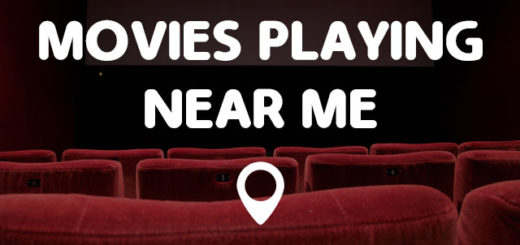











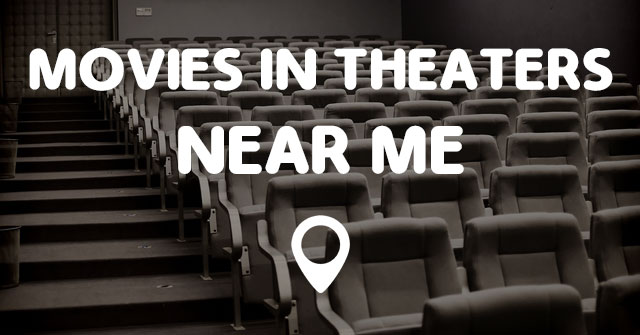



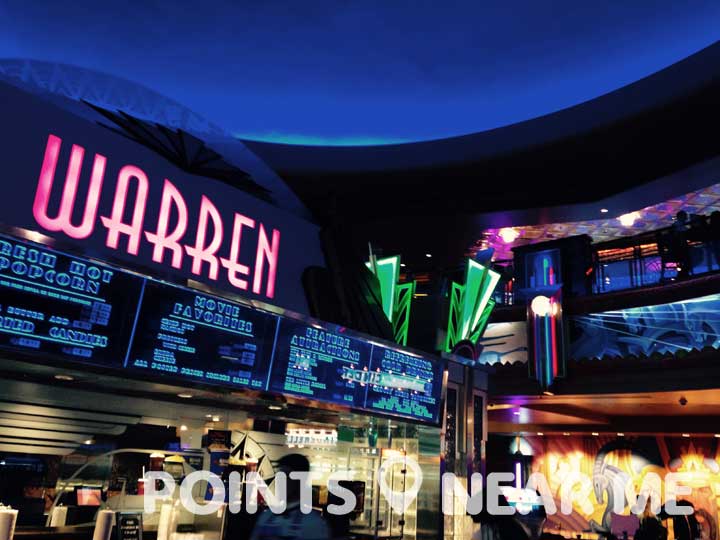
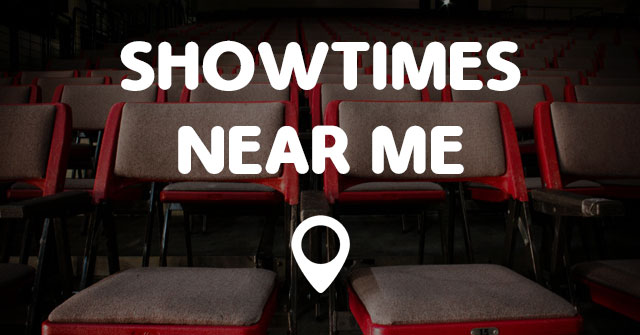




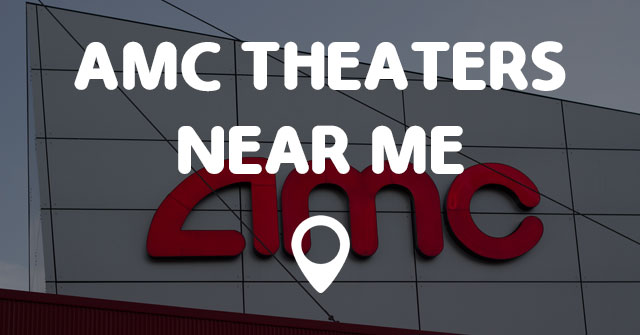





No comments:
Post a Comment
Note: Only a member of this blog may post a comment.